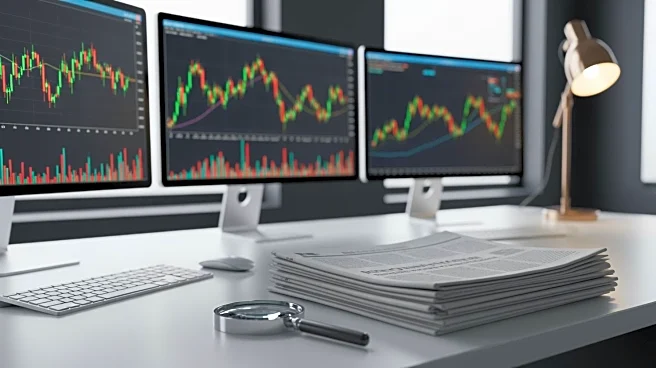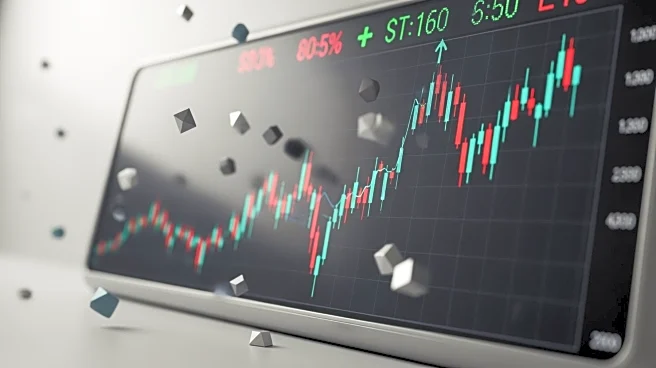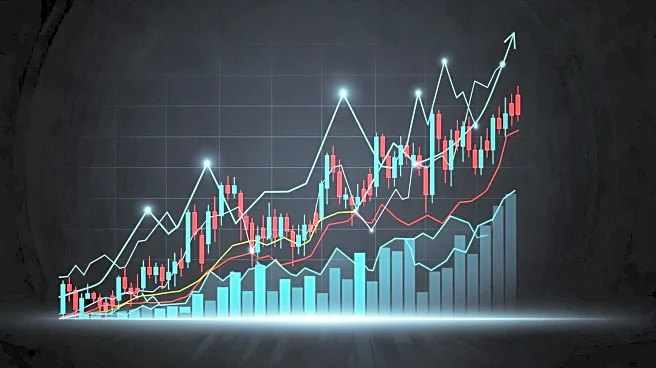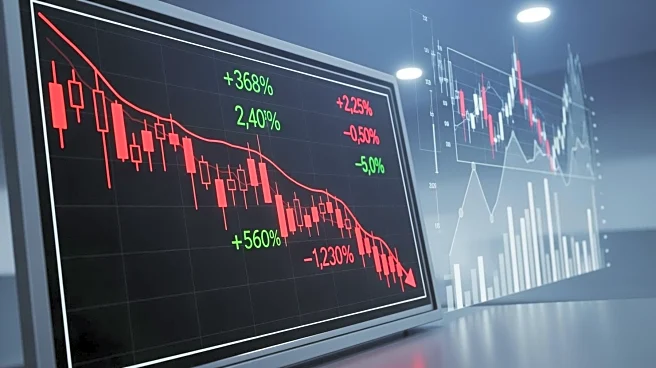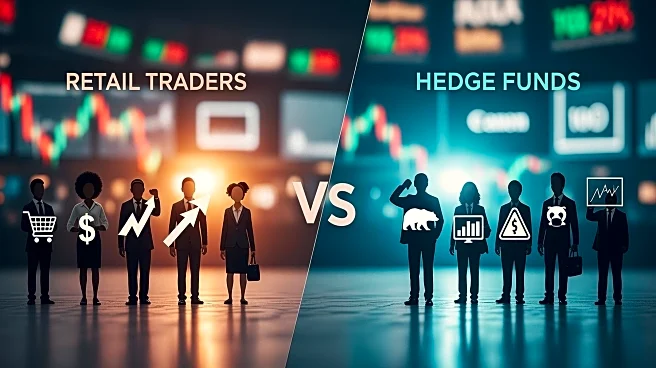What's Happening?
Retail traders have demonstrated significant influence in the stock market, contributing to the largest options volume day ever recorded. On October 10, over 108 million contracts were traded, marking
only the second time this volume has exceeded 100 million. This surge was driven by retail traders with a strong bullish bias, as noted by Scott Rubner, head of equity and equity derivatives strategy at Citadel Securities. The retail trading crowd has maintained a 'buy-the-dip' mentality, supporting the stock market through various challenges, including trade issues, geopolitical conflicts, and economic weaknesses. Despite a recent selloff, the S&P 500 has reached all-time highs, largely due to retail traders' continued investment, even as institutional investors have opted to de-risk.
Why It's Important?
The significant involvement of retail traders in the stock market highlights a shift in market dynamics, where traditionally, hedge funds and institutional investors were seen as the 'smart money.' This year, retail traders have been pivotal in driving equity prices, challenging conventional market wisdom. Their persistent buying during market dips has proven effective, with the S&P 500 showing a nearly 2% increase following a recent decline. This trend underscores the growing impact of retail investors on market movements and suggests a democratization of market influence, potentially altering investment strategies and market predictions.
What's Next?
Looking ahead, Citadel Securities' Rubner remains optimistic about the equity market trend, citing potential seasonal strength in November that could further elevate the market. However, he advises caution in the coming weeks, as market conditions remain volatile. The continued engagement of retail traders will be crucial in determining market direction, and their actions could influence institutional strategies and broader market sentiment.
Beyond the Headlines
The rise of retail traders in the stock market may have long-term implications for market structure and investment strategies. As retail investors gain more influence, there could be shifts in how financial institutions approach market analysis and risk management. Additionally, this trend may prompt regulatory scrutiny to ensure market stability and protect retail investors from potential risks associated with high-frequency trading and market volatility.
